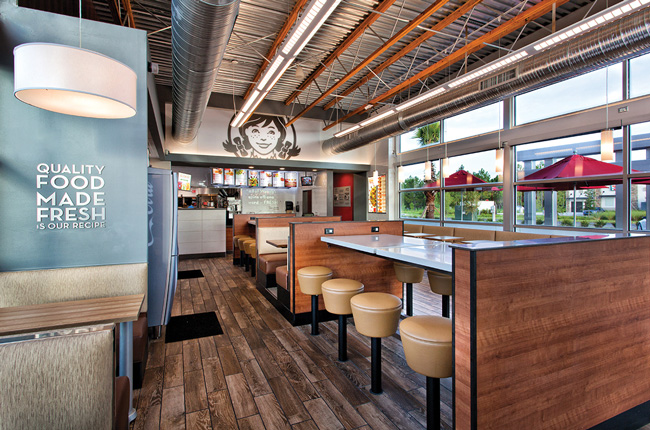Nostalgia has been a big driver in restaurant visits recently and it is influencing decisions that impact everything from menus to design. Even the New York Times wondered if Gen Z’s love of nostalgia can save casual-dining chains.
And 75% of rd+d readers surveyed in August said that the popularity of nostalgia is driven by a cultural desire to go back to “a simpler time.” 37% of rd+d readers believe this is because younger people wish they could experience an earlier time. (Survey respondents could pick multiple answers.) And 34% felt that older people are driving sit-down restaurant visits and so they are being catered to.
Finally, 15% offered a classic combo platter of reasons why nostalgia as a trend in and of itself seems to be at an all-time high. One reader notes nostalgia is popular because everyone wants “emotional comfort.”
Some readers see nostalgia as a rejection of technology. “I think people are looking to truly connect outside of the digital or Instagrammable experience,” says one. Another noted nostalgia, particularly among younger people, is “an inquisitiveness about life in pre-digital times.”
Other readers see nostalgia as a rejection of modern aesthetics: Nostalgic is popular because of the “lack of interesting/fun details and features in modern style/design… [things are] too flat, gray, boring, [and] not enjoyable to engage with. [Modern style] doesn't create an intimate environment.”
One reader thinks nostalgia works because it resonates with multiple age groups for different reasons: “The younger generation likes the look and feel, while the older generations remember the times. It is more of a feel, not a look.”
One reader offered this great summary of how best to utilize nostalgia in restaurant design: “Today’s guests crave experiences that feel intentional, layered and different from their everyday routines. Referencing a certain era, style, or cultural memory is less about longing for the past and more about building a richer, story-driven environment that aligns with the food, beverage, or entertainment concept. In many cases, these nostalgic cues act as a creative framework: they help define menu direction, shape immersive design choices, and enhance an ‘eatertainment’ offering that feels cohesive and shareable. Ultimately, it’s not about replicating the past; it’s about using the past as raw material to craft a unique, future-forward experience people can’t get anywhere else.”
rd+d regularly surveys subscribers on the state of restaurant development and design. This survey was fielded in August 2025. Subscribe to The Pulse to get rd+d’s surveys and results delivered to your inbox six times a year.



